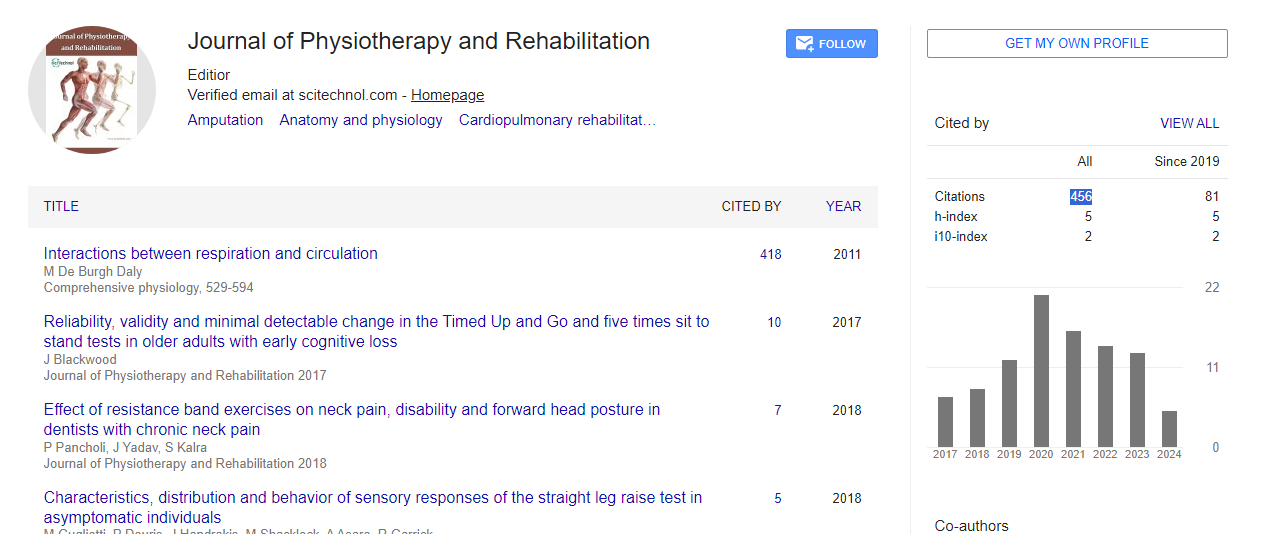Research Article, J Physiother Rehabil Vol: 5 Issue: 1
ASSOCIATION OF CERVICAL RANGE OF MOTION, CERVICAL CORE STRENGTH AND PECTORALIS MINOR TIGHTNESS IN CAR DRIVERS.
Abstract
BACKGROUND Prolonged driving can lead to asymmetric postures and musculoskeletal disorders resulting in physiological illness and can affect cervical range of motion, cervical core strength and pectoralis minor muscle length. OBJECTIVE The purpose and objective of this study was to associate cervical range of motion, cervical core strength and pectoralis minor muscle length among drivers. DESIGN A correlation study design. METHOD In this study 35 drivers were taken according to convenient sampling and inclusion and exclusion criteria of age group between 20-35 years were assessed. For the assessment cervical range of motion was measured by goniometer, cervical core strength was measured by pressure biofeedback and pectoralis minor tightness was measured by vernier caliper. RESULT The result established from the research exposed that when minimum driving experience was associated with cervical flexion (R= -0.30403), cervical extension (R= -0.14948), left side cervical lateral flexion (R= -0.21621), left cervical rotation (R= -0.0.43602), right side cervical rotation (R= -0.36896), cervical core strength (R= -0.19354) respectively showed negative correlation and with right side cervical lateral flexion (R= 0.01072), left side pectoralis minor muscle tightness (R= 0.38065) and right side pectoralis minor muscle tightness (R= 0.35135) respectively showed positive correlation. CONCLUSION​ This study concluded that as the driving experience increases; cervical flexion, cervical extension, left side cervical lateral flexion, left and right side cervical rotation, cervical core strength respectively decreases or vice versa but with the increase in driving experience right side cervical lateral flexion, left and right side pectoralis minor muscle tightness also increases.
 Spanish
Spanish  Chinese
Chinese  Russian
Russian  German
German  French
French  Japanese
Japanese  Portuguese
Portuguese  Hindi
Hindi 